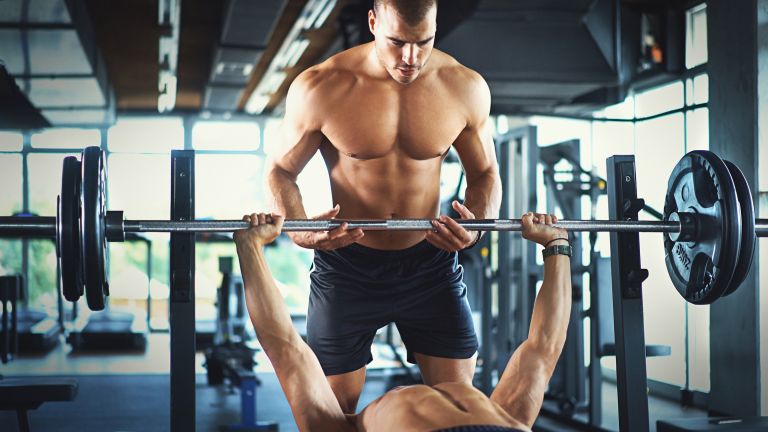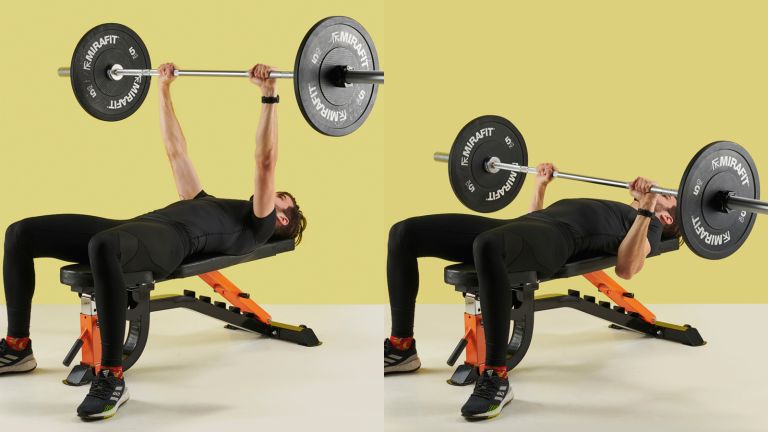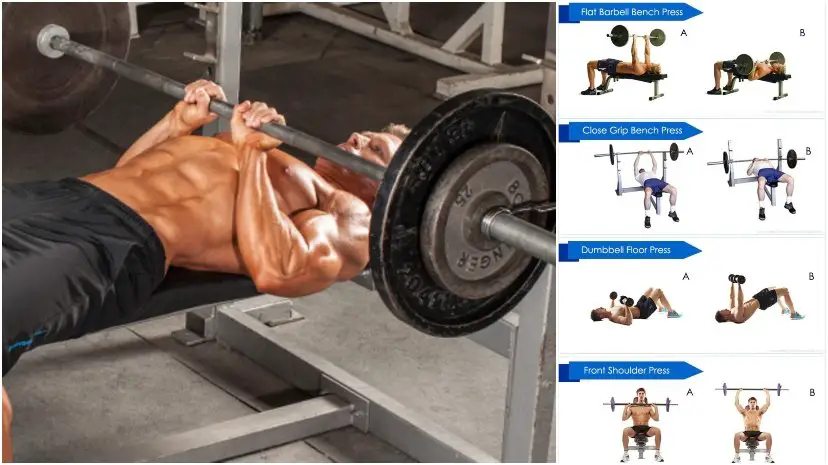Once you mastered how to bench press correctly, you mastered gains. If there is one exercise that doesn’t need introduction, it’s the bench press. Yet, many people perform it incorrectly, hindering their gains and potentially risking the integrity of their skulls as well.
The bench press is one of the BIG 5 exercises that can give you a full body workout and is an essential upper body compound exercise that work your arms, shoulders and – of course – your chest muscles or pecs if we’re getting scientific.
You think you know how to bench correctly? After reading through this article, you sure will.

You can’t be careful enough when working with big weights. During bench press, you place your body (head, neck, etc.) under a bar loaded with heavy plates. If it slips or falls, you can seriously injure yourself.
Best way to avoid injury is to get a training buddy who can spot you when you perform bench presses. Second best thing is to set the bench up so even if you can’t lift the bar up, you can safely slide out from under it. Check that the fasteners are on and the weights are secured properly on both ends.
Needless to say, you can also focus on each of the areas individually the bench press works: we have the golden rule to follow to get bigger shoulders as well as the secret to get bigger arms. And, you know, you can always just concentrate on building big biceps too.
Bench Press:

How to:
- To perform a bench press, load the bar up with the weight plates you would like to use and secure both sides with the spring collars.
- Both sides of the bar have the same amount of weight on it.
- Lay down on the weight bench with your head resting under the bar, feet on the ground.
- Place your hands on the bar, a bit further apart than shoulder width.
- Use an overhand grip (palms facing away from you) and engage your core.
- You want your feet to dig into the floor a bit, make sure they are firmly pressed down before you lift.
- As you exhale, push the bar up off the rack and extend your arm fully.
- Inhale as you lower the bar down to your chest, tucking your elbows in slightly.
- Come close to the chest as you lower the bar, then as you exhale, pressing the bar up again.
- The best way to activate your pecs is to lower the bar slowly (roughly 3 seconds) and then press it up hard.
- The slow negative movement will activate your the muscles longer, making every rep double up in efficiency.
- Be careful how you hold the bar in your hands: your fist should be pointing upwards and be in line with your forearm, also pointing right up.
- If you let it fall back, the weight will put a lot of pressure on your wrists.
- As always, form is more important than the amount of plates on the bar and you will see results sooner by applying good technique than if you tried to up the weights for every session.
Bench Press Variations And Alternatives:

Alternatives:
- Close grip barbell bench press: this will work your triceps more.
- Incline bench barbell bench press: to activate the pecs from a different angle.
- Flat bench dumbbell bench press: will have to work more on stabilising two weights.
- Incline bench dumbbell bench press: same as above.
- Floor press (use dumbbells): to isolate the pecs more.
- Push ups (best bodyweight variation): more on this – how to do push ups.
- Hammer strength chest press (machine alternative).

